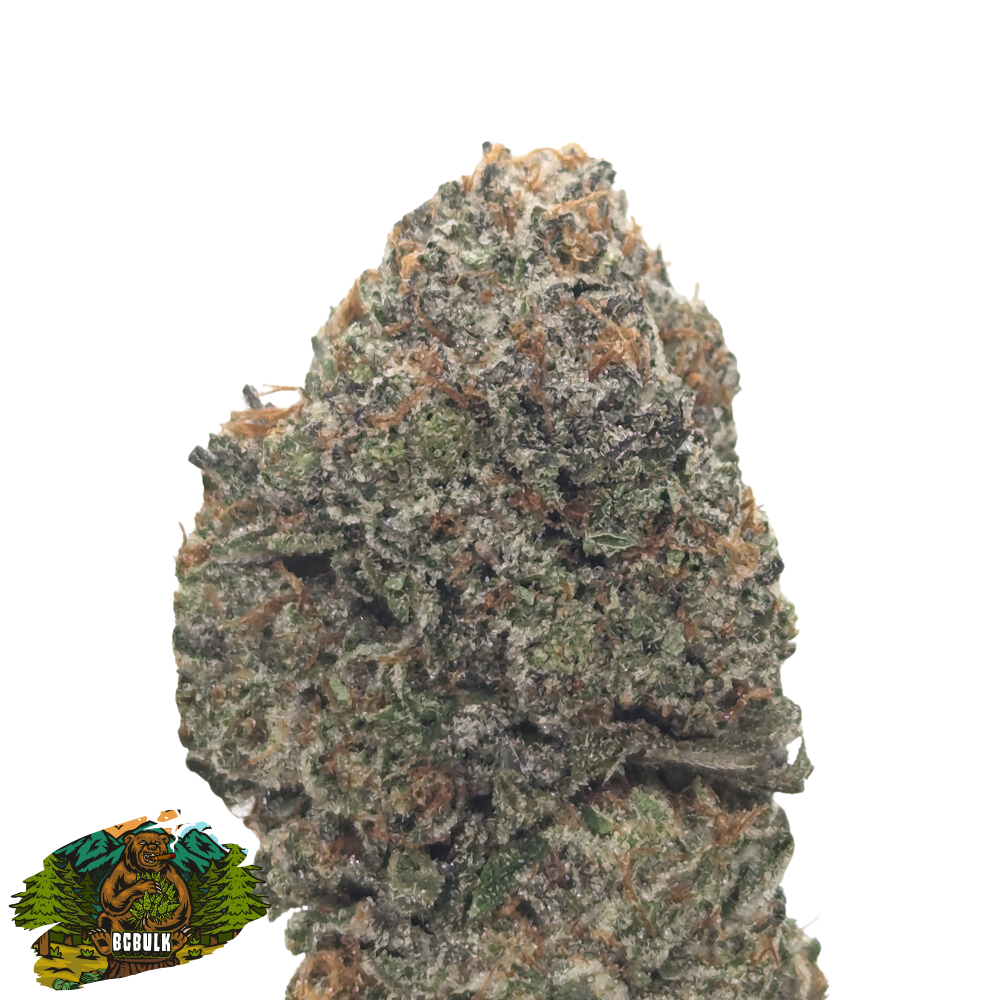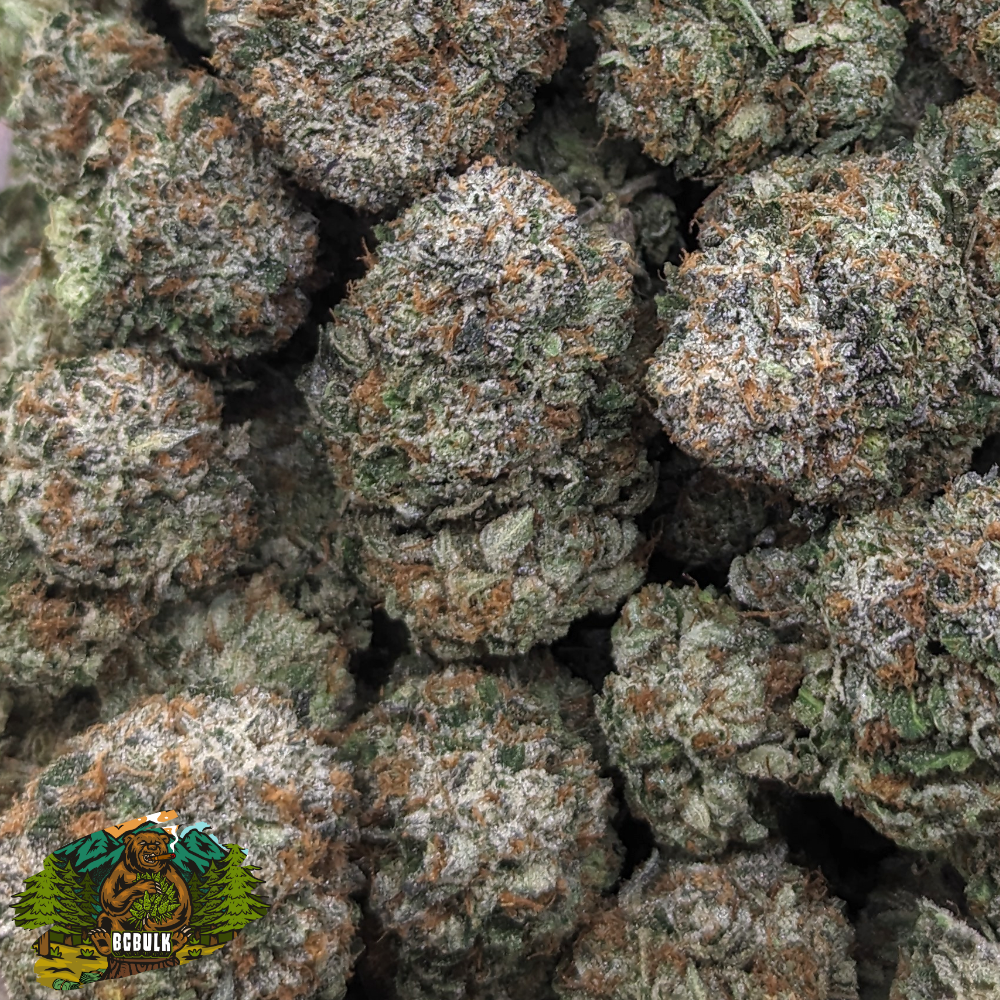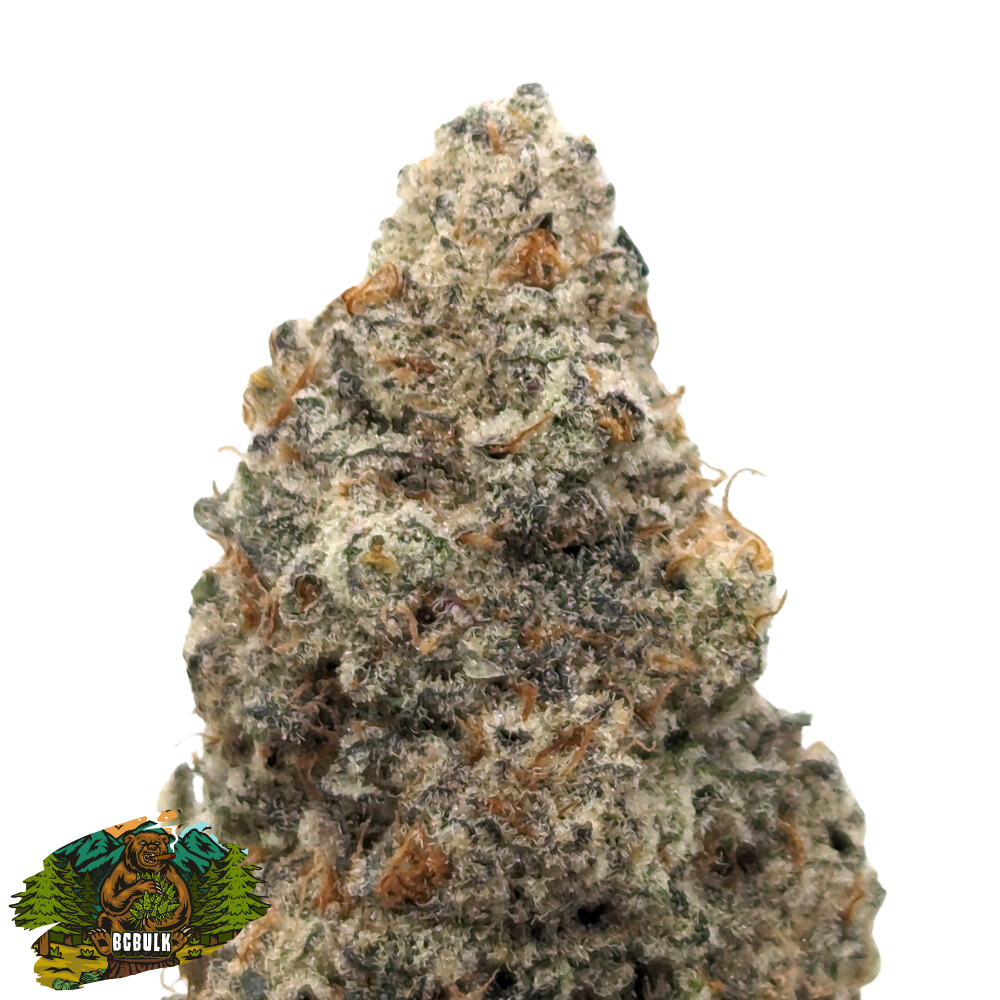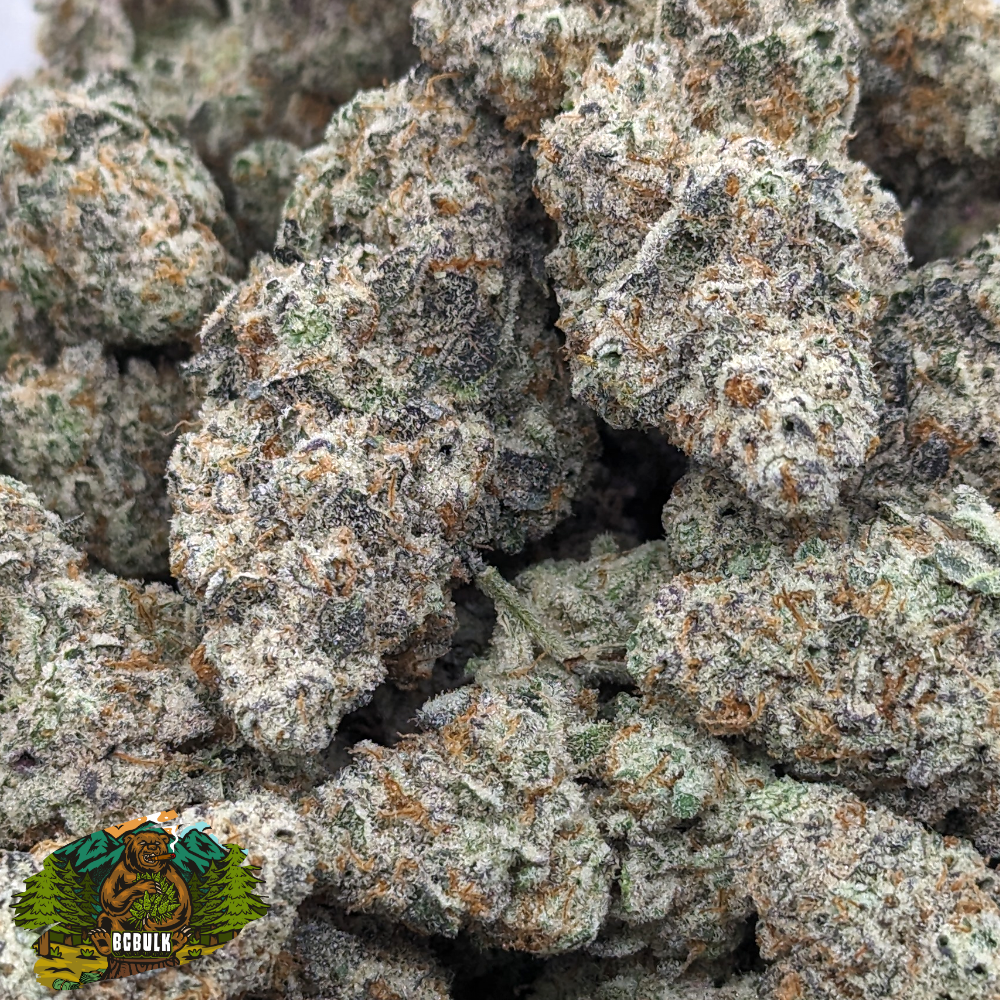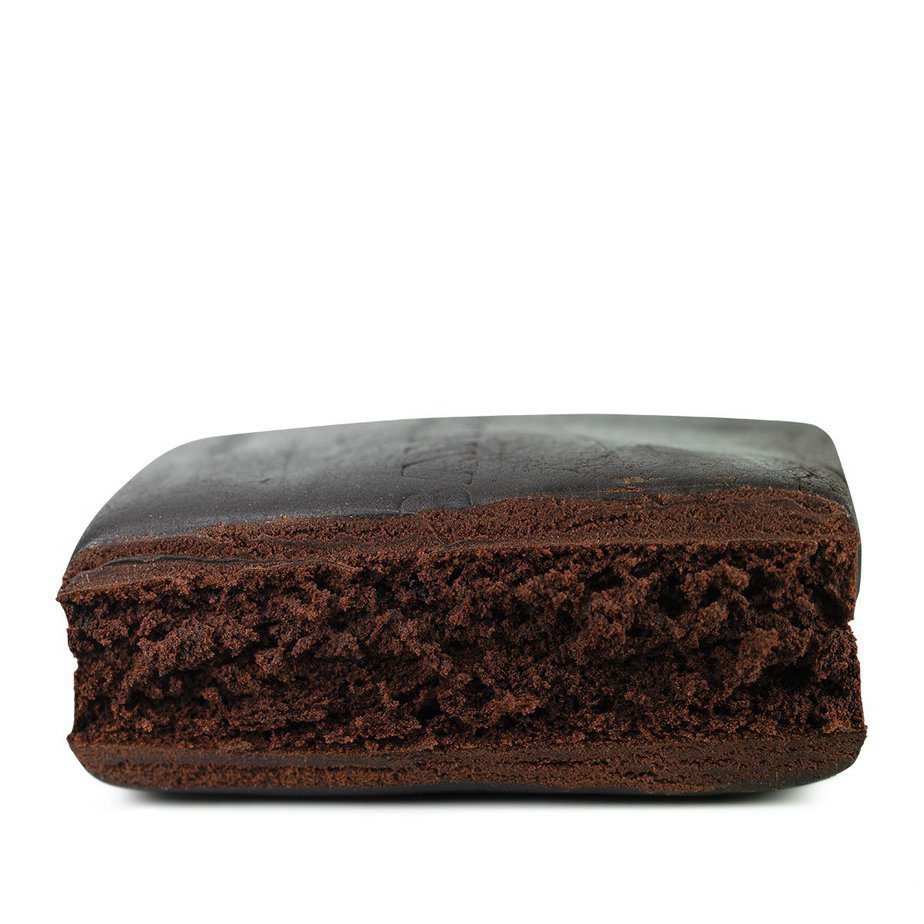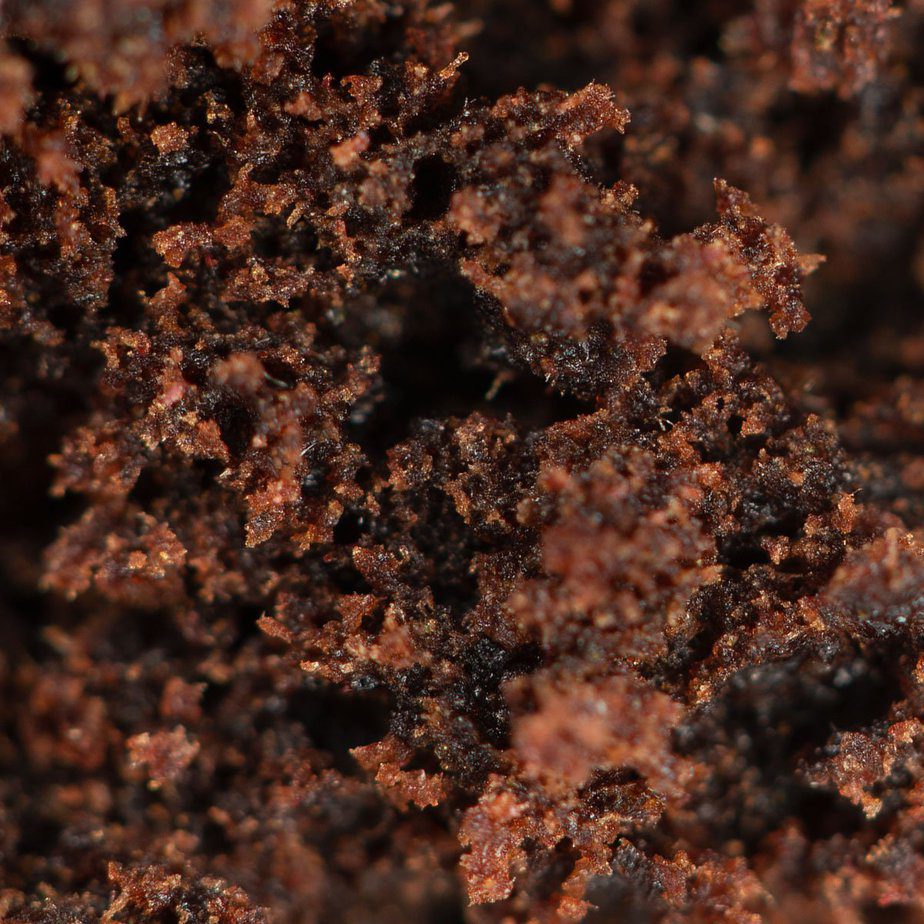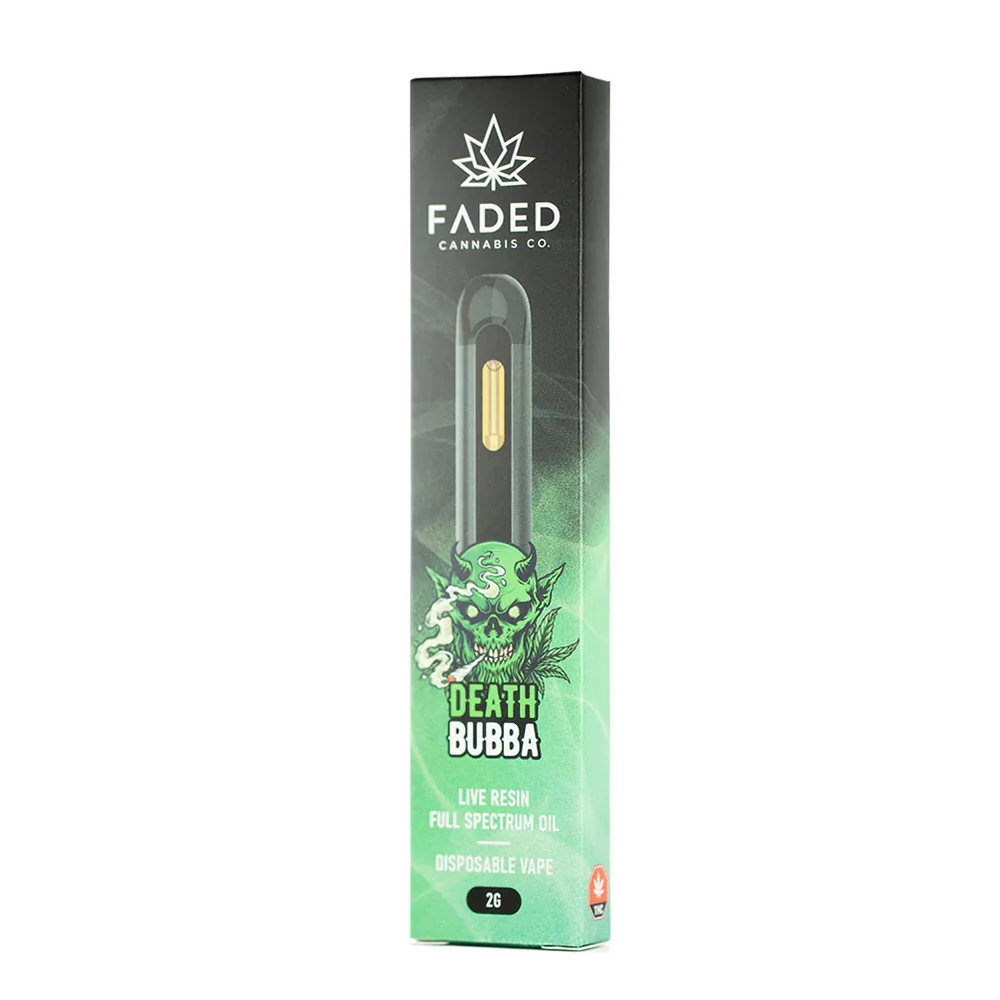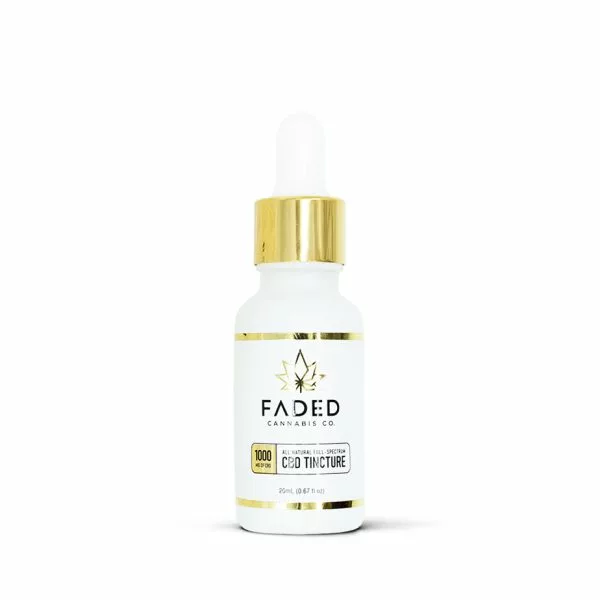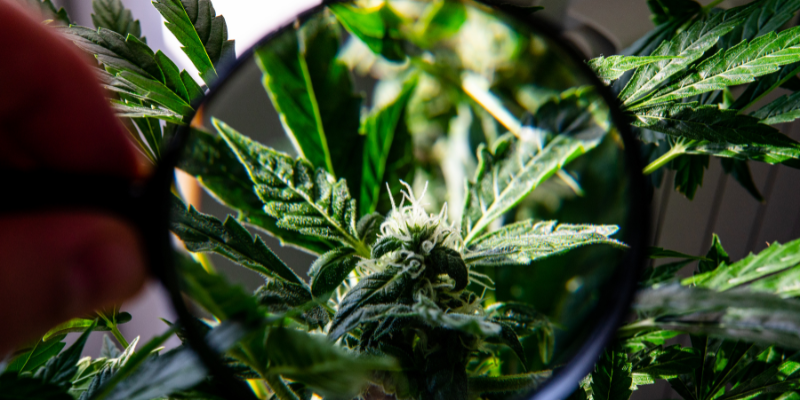| Tier | Subtotal | Items |
|---|---|---|
| 1 | $199-300 | 1 Item |
| 2 | $300+ | 1 Premium Item |
Cannabis Basics
What is THC: Unveiling the Effects and Uses of Cannabis’s Key Compound
Tetrahydrocannabinol, commonly known as THC, is the primary psychoactive compound found in cannabis plants. It is responsible for the ‘high’ that users experience after consuming marijuana. THC binds to cannabinoid receptors in the brain, which leads to changes in mood, perception, and cognitive functioning. Its effects are diverse, ranging from altered senses to impaired memory and movement.
THC is one of many compounds in the cannabis plant, but it is the most well-researched due to its potent effects and legal status which varies by jurisdiction. THC levels can vary significantly in different cannabis strains, influencing both medical applications and recreational experiences. It is often extracted from the plant to be used in oils, edibles, and concentrates.
Fundamentals of THC
Tetrahydrocannabinol (THC) is the principal psychoactive constituent of cannabis. This section explores its chemical structure and the effects it has on the human brain.
Chemical Composition
THC, known by its full chemical name as delta-9-tetrahydrocannabinol, has the molecular formula C₂₁H₃₀O₂. It is closely related to other cannabinoids found in the cannabis plant, sharing a similar molecular scaffold known as a “cannabinoid”. The key features of THC’s chemical structure include:
- Cyclic Rings: THC contains three cyclic rings: an aromatic phenolic ring, a pyran ring, and a cyclohexene ring.
- Hydrocarbon Tail: Attached to the last ring is a straight-chain hydrocarbon tail consisting of five carbon atoms.
Psychoactive Properties
THC exerts its psychoactive effects primarily by interacting with the endocannabinoid system in the brain. This system comprises receptors, endogenous ligands, and enzymes involved in signal transduction. The mechanisms include:
- Cannabinoid Receptors: THC primarily binds to CB1 receptors located in the brain, leading to the psychoactive effects commonly associated with cannabis use.
- Neurotransmitter Release: Upon binding, THC alters the release of various neurotransmitters, thereby modifying neural communication and resulting in its psychoactive effects.
THC in the Human Body
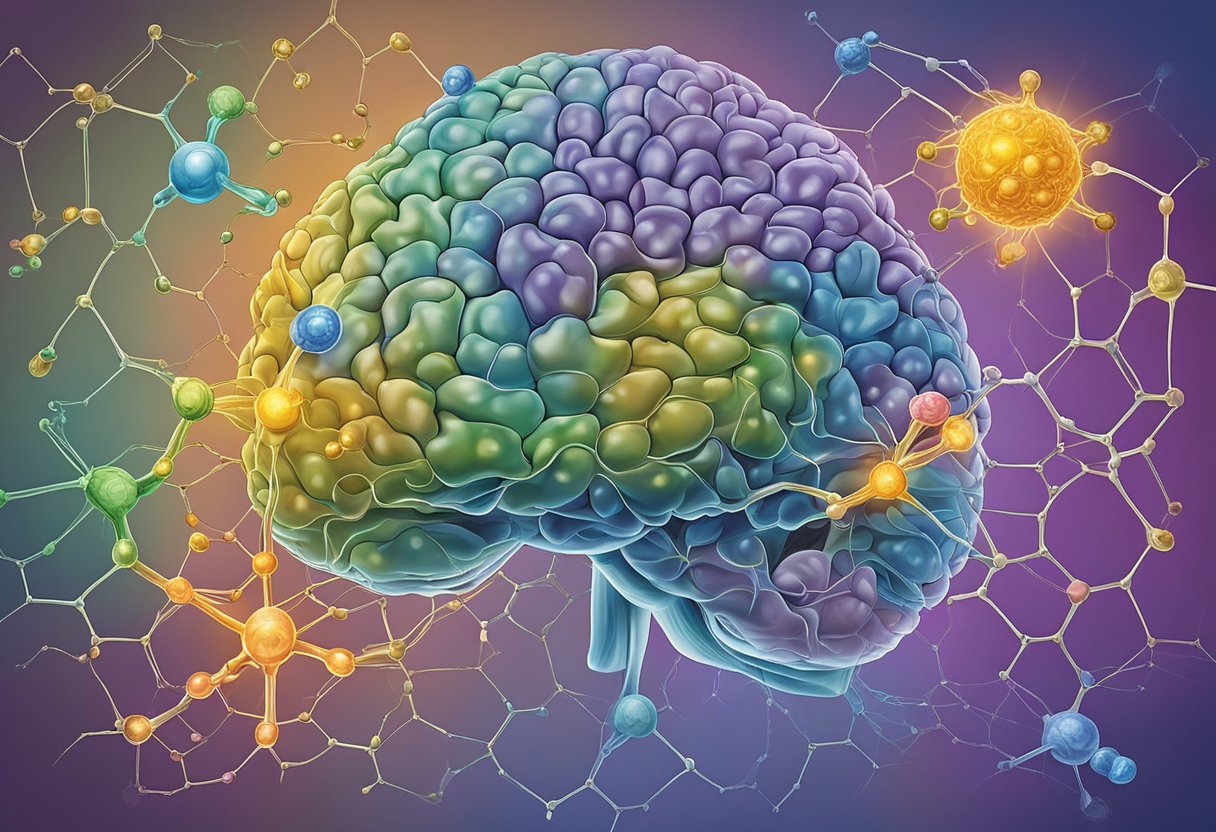
Tetrahydrocannabinol (THC) is the chief psychoactive compound in cannabis that elicits effects by interacting with specific receptors in the human body. Understanding its path through the body is vital for comprehending its impact on human physiology.
Absorption and Distribution
Once ingested, whether through inhalation or orally, THC is absorbed into the bloodstream. Its distribution varies based on the method of consumption. Inhalation leads to a rapid uptake of THC into the lungs, from where it directly enters the bloodstream and goes to the brain and other organs. Oral ingestion results in a slower absorption as THC passes through the digestive system before entering the bloodstream.
- Inhalation:
- Quick onset: Effects can begin within minutes.
- Blood levels peak rapidly, then decline.
- Oral ingestion:
- Slower onset: Effects can take 30 minutes to 2 hours to appear.
- Sustained levels: Blood levels rise more slowly but remain elevated longer.
Effects on the Brain
THC’s effects on the brain occur when it binds to cannabinoid receptors, predominantly the CB1 receptors located in various brain regions. This binding can alter normal neurotransmitter function.
- CB1 Receptor Locations: Hippocampus, Basal Ganglia, Cerebellum, Cortex
- Neurotransmitter Systems Affected: GABA, Glutamate, Dopamine, Serotonin
The psychoactive effects of THC, such as euphoria or altered sensory perception, result from its action in these areas. However, THC also impairs cognitive functions like memory, coordination, and judgment. The compound’s impact is dose-dependent, with higher doses potentially amplifying both therapeutic and adverse effects.
Medical Uses
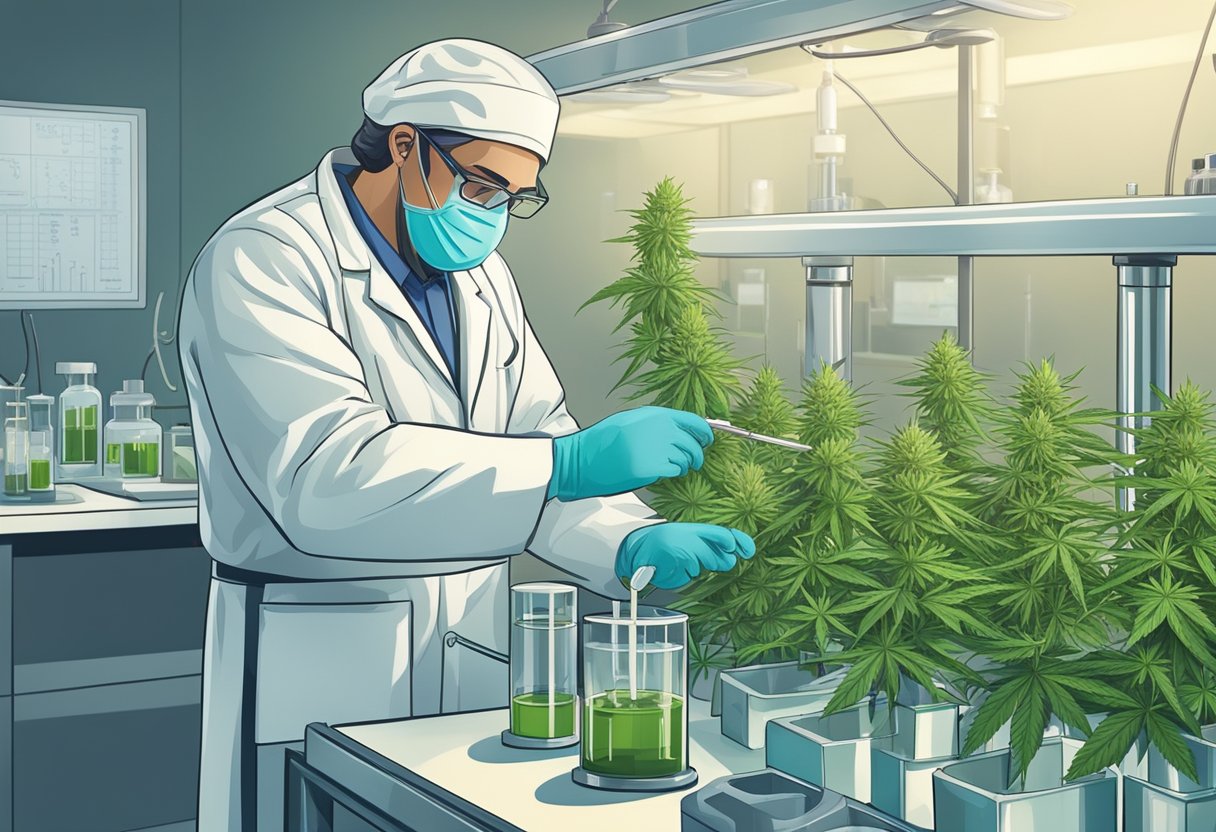
THC, or tetrahydrocannabinol, is the psychoactive compound in cannabis responsible for its therapeutic applications. It functions by interacting with the body’s endocannabinoid system.
Therapeutic Potential
The therapeutic potential of THC is substantial due to its ability to mimic endocannabinoids, natural compounds in the body. Its use is linked to symptom relief in a variety of medical contexts.
- Pain Management: THC can help reduce chronic pain by altering pain perception pathways in the brain, making it valuable in the management of arthritis, migraine, fibromyalgia, and endometriosis.
- Anti-emetic: It is effective in controlling nausea and vomiting, especially in cancer patients undergoing chemotherapy.
- Appetite Stimulation: THC can induce hunger, making it useful in treating appetite loss in conditions such as HIV/AIDS and cancer.
- Neurological and Mental Health: THC has shown to provide relief from symptoms of neurological disorders, including multiple sclerosis (MS), and helps with sleep disorders.
Conditions Treated with THC
THC is utilized in treatment for a range of medical conditions. Each has specific symptoms that THC can help alleviate.
- Cancer: Alleviates chemotherapy-related nausea and vomiting; stimulates appetite.
- Chronic Pain: Modulates pain signals; provides pain relief.
- Multiple Sclerosis (MS): Eases symptoms such as muscle stiffness and spasms.
- AIDS/HIV: Counters wasting syndrome by promoting appetite.
- Glaucoma: Potential to reduce intraocular pressure.
- PTSD: May help with sleep disturbances and flashbacks.
Each application of THC in these conditions is supported by varying levels of scientific evidence, and its use is often subject to legal and medical guidelines.
Research and Studies

In the field of cannabis research, THC has been the subject of intensive study. Researchers aim to understand its effects on human physiology and potential medical applications.
Recent Findings
- Increased Understanding of Psychological Effects: Recent studies have highlighted that THC can cause temporary psychological effects such as euphoria and altered sensory perception. They’ve also outlined potential risks including anxiety and temporary psychosis in susceptible individuals.
- Medical Benefits: Research has shown that, in some contexts, THC may alleviate symptoms like chronic pain and nausea, specifically in chemotherapy patients.
Ongoing Investigations
- Long-Term Impact: Studies are ongoing to determine the long-term effects of THC on cognitive functions and mental health.
- Therapeutic Potential for Neurological Disorders: Researchers are investigating the neuroprotective and anti-inflammatory properties of THC and its potential in treating conditions such as multiple sclerosis and epilepsy.
Frequently Asked Questions
This section addresses common inquiries regarding THC, providing clear and concise information on its effects, uses, consumption methods, medical applications, and terminologies.
How does THC compare to CBD in terms of effects and uses?
THC, the psychoactive component of cannabis, induces euphoria and has varying medical applications. CBD, in contrast, doesn’t cause intoxication and is used for its potential therapeutic benefits like reducing inflammation and anxiety.
In what forms can THC be consumed and what are their respective effects?
THC can be consumed via smoking, vaporizing, edibles, tinctures, and topical forms. Smoking and vaporizing provide immediate effects, while edibles result in delayed but prolonged effects. Topicals are localized, and tinctures offer dosing precision.
How is THC utilized in medicinal practices?
THC is utilized in medicine to manage pain, nausea, and multiple sclerosis symptoms. It also helps stimulate appetite in conditions like HIV/AIDS and can be found in FDA-approved drugs like dronabinol and nabilone.
What is the difference between THC and next generation compounds like THCA?
THC is the active form that causes psychoactive effects. THCA is a precursor compound found in raw cannabis that, when decarboxylated, becomes THC. THCA has different effects and does not produce the high associated with THC.
Can you explain the different terminologies associated with THC, such as common slang?
Common slang for THC includes pot, weed, and Mary Jane. These terms often refer to the cannabis plant as a whole or the experience of consuming THC-rich products.remain neutral and avoid slang.
